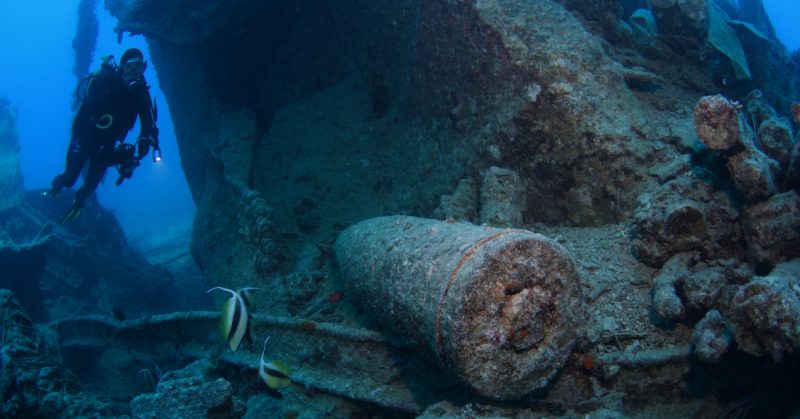Out of a crew of forty-three sailors there were just five survivors. They were picked up by the crew of the SS Mulbera and all five survived the rest of the war.
The SS Iron Crown may sound like she was named in honor of Nazi ideals, but she was in fact a Australian Commonwealth Shipping Board freighter sailing under a British flag. She was targeted by a Japanese submarine and sunk by a single torpedo at 4:45 PM on June 4, 1942, disappearing below the surface within a minute.
SS Iron Crown was a 3,353-tonne steam freighter built in 1922 at Williamstown, Victoria, and was originally christened Euroa. Her name was changed to Iron Crown in 1923.
The submarine that sank her during WWII is thought to have been the Japanese Imperial Navy’s I-24 which had previously been involved both in the attack on Pearl Harbor and in the Battle of the Coral Sea.
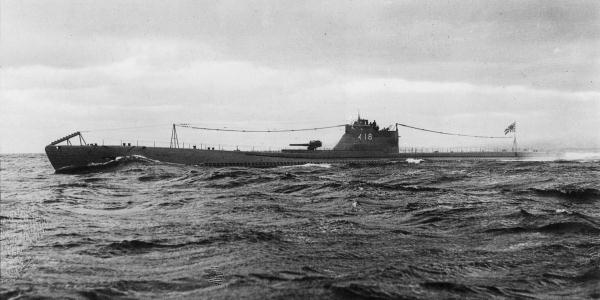
The ship was sunk while enroute from Whyalla in South Australia to Newcastle in New South Wales with a hold full of manganese ore. She was discovered approximately sixty miles off the coast of Victoria in nearly 2,300 feet of water. A search team led by the Australian National Maritime Museum called the find “an event of national significance.”
https://youtu.be/MqllihZqzf4
The wreck of Iron Crown was said to be remarkably intact and was found to be sitting upright on the sea bed. Her bow, railings, and anchors were all in place and undamaged. The team of marine archaeologists aboard the Commonwealth Scientific and Industrial Research Organisation’s research vessel (RV) Investigator used sonar equipment and a drop camera to record details of the wreck site.
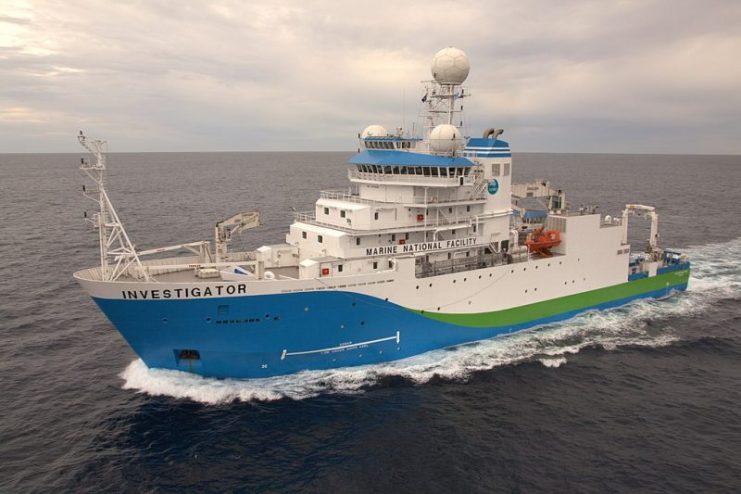
Chief Scientist Emily Jateff led the search and confirmed that the entire site has been mapped and photographed with the intention of creating a composite image. This will enable future surveys which will focus on the conservation and management of the wreck.
The exact location has not been released in a bid to ensure that the wreck remains pristine. Peter Harvey, Heritage Victoria’s maritime archaeologist, confirmed that it was the only ship to have been torpedoed in the State of Victoria’s waters.
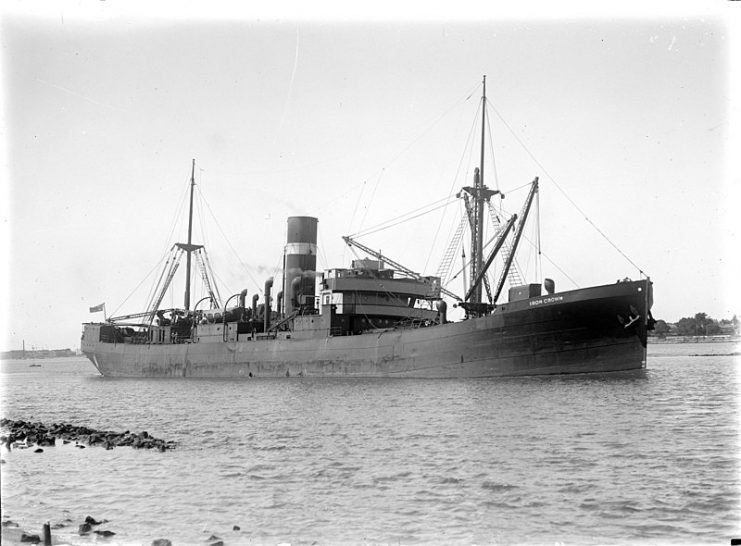
Authorities also confirmed that a memorial service would be held on board a ship close to where Iron Crown went down. Mr. Harvey reflected that “locating the wreck after 77 years of not knowing its final resting place will bring closure for relatives and family of those that were lost at sea.”
Out of a crew of forty-three sailors there were just five survivors. They were picked up by the crew of the SS Mulbera and all five survived the rest of the war. The oldest surviving veteran crew member, George Fisher, died in 2012. In a 2003 interview he recalled the event as “one of the saddest” days of his life. He was just eighteen years old at the time of the attack.
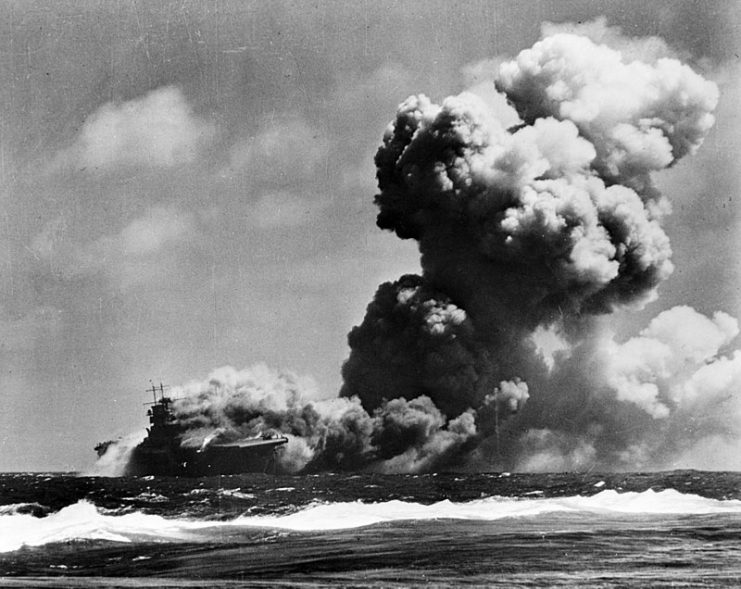
In terms of loss of life, it was one of the worst shipwrecks in Victoria’s waters and one of only four to have been sunk by a direct attack during World War II.
According to Heritage Victoria, “Between June 1942 and June 1943, the Japanese Imperial Navy operated 13 submarines off the East coast of Australia. Their operations resulted in the loss of 22 Allied ships and 194 lives.”
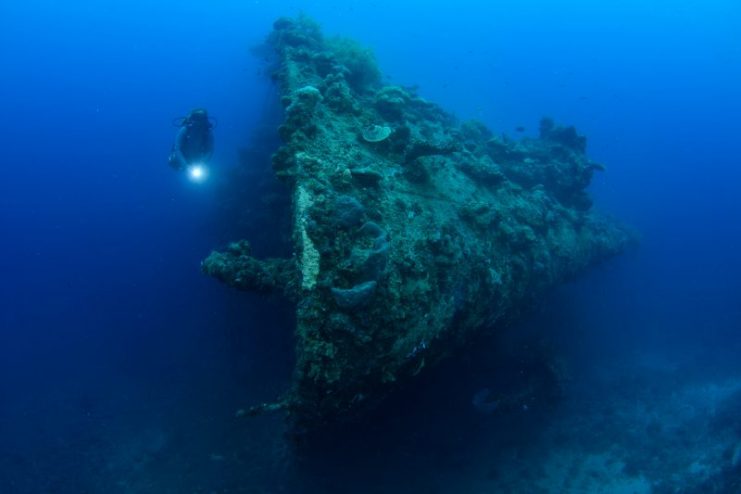
“The fact that so many lives were lost in the sinking of Iron Crown was something that hit home with all scientists, staff and ship crew working on board Investigator,” Ms. Jateff said.
This latest discovery is testament to the new interdisciplinary approach to seafloor mapping, in this case using expertise from both State and National Maritime Agencies in concert with the Australian Hydrographic Office. Their goals are the safe charting of all potentially hazardous features in Australian waters and increasing knowledge of Australia’s maritime history.
